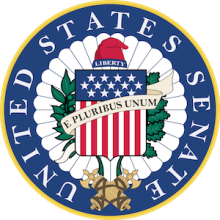Lots to Love, Something to Watch, in Accessible, Affordable Internet for All Act
Update 7/7/20:
The U.S. House of Representatives passed the Moving Forward Act, which includes the Accessible, Affordable Internet for All Act, on Wednesday, July 1. The bill is currently in the Senate, where Majority Leader Mitch McConnell has announced his opposition to the legislation, calling it "pointless political theater," and saying, "this nonsense is not going anywhere in the Senate."
Original article:
Earlier this week, Democrats in the U.S. House of Representatives introduced the Accessible, Affordable Internet for All Act, a sweeping bill that would take major steps toward closing the digital divide.
We reported on the legislation yesterday, but today we want to take a closer look at the bill text [pdf]. Below, we examine some details of how the act would fund broadband deployment and affordable connections for Americans across the country.
Grand Plans to Build Broadband, Connect the Unconnected
Among the investments proposed in the Accessible, Affordable Internet for All Act, the largest is $80 billion to fund the construction of broadband networks in unserved and underserved areas. That amount dwarfs the Federal Communications Commission’s (FCC’s) upcoming $20.4 billion Rural Digital Opportunity Fund (RDOF).








